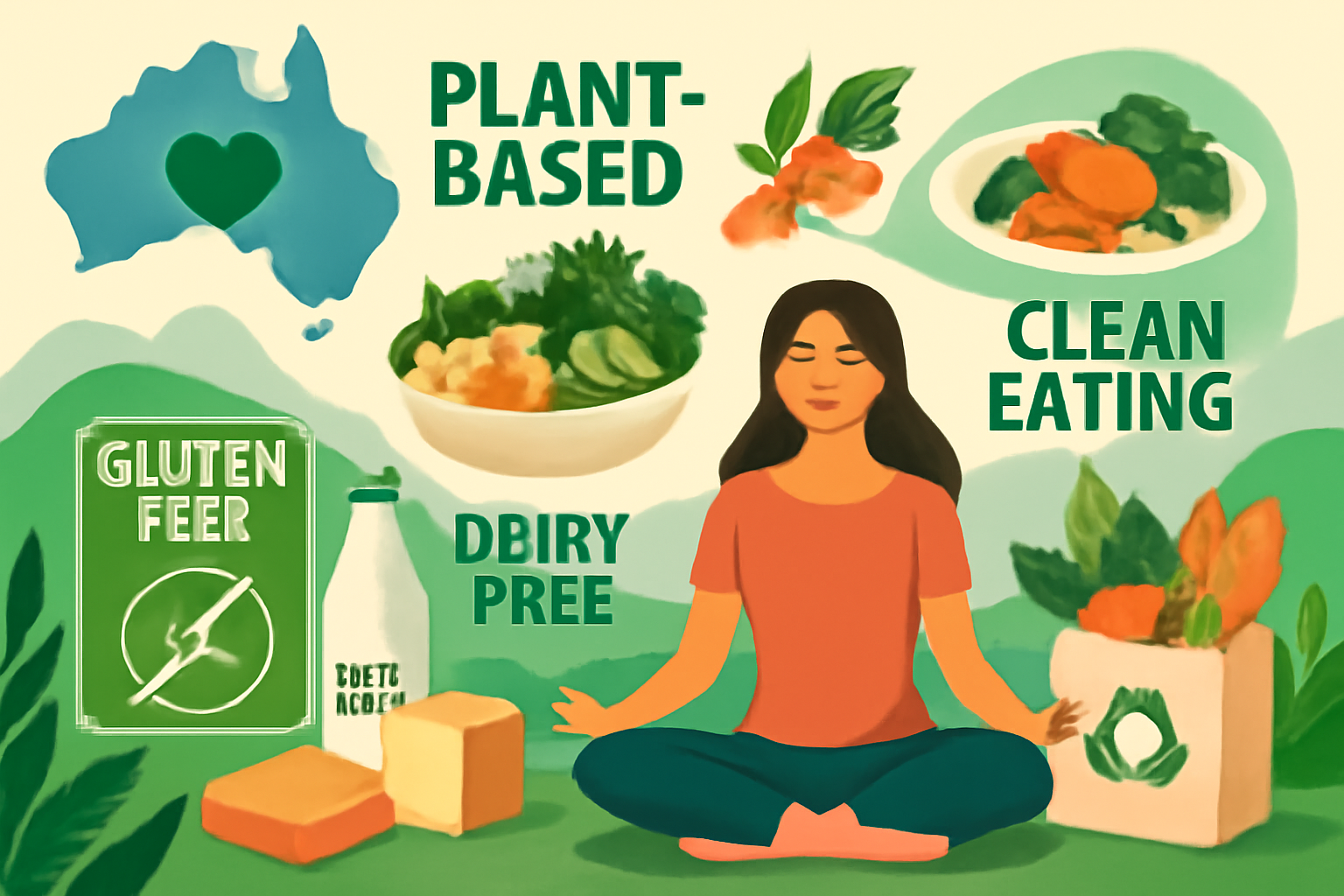Australia’s cuisine is a true reflection of its diverse culture and rich history. The nation’s food story is shaped by a blend of indigenous ingredients, European heritage, and a modern approach to international flavors. Whether you are enjoying fresh seafood along the coast or tasting unique bush foods in the outback, Australian food offers an exciting culinary adventure that is sure to leave a lasting impression.
Indigenous ingredients, also known as bush foods, play a significant role in Australian cuisine. These foods have been used by the Aboriginal people for thousands of years, and many are now being embraced by contemporary chefs. Kangaroo meat, for example, has become increasingly popular in restaurants and homes alike. This lean, gamey meat is not only flavorful but also rich in protein. Other native ingredients, like finger limes and wattleseed, have gained attention for their unique flavors and textures. Finger limes, often referred to as “caviar,” are small citrus fruits filled with tangy, pearl-like pulp. Wattleseed is another ingredient used in Australian cooking, known for its nutty and earthy taste, and is often used in baking and making sauces.
Australia’s expansive coastline makes it a haven for seafood lovers. From Sydney to Perth, you’ll find fresh and delectable dishes featuring fish, oysters, prawns, and crabs. An iconic Australian dish is fish and chips, often served in paper wrapping and enjoyed as a quick meal by the beach. In addition, the Moreton Bay bug, a type of shellfish from the waters off Queensland, is a local delicacy. Often served grilled with butter and herbs, this dish is a must-try for seafood enthusiasts.
The multicultural influence on Australian food is also profound. The country’s large immigrant population has led to the incorporation of various international cuisines. Italian, Greek, Chinese, and Southeast Asian flavors have all become integral to the Australian food landscape. The multicultural fusion can be seen in dishes like pizza with unique Australian toppings such as beetroot, pineapple, and egg, or the popular Vietnamese-inspired bánh mì, which is often filled with local ingredients like grilled meats and fresh herbs.
A quintessential Australian comfort food is the meat pie, a savory pastry filled with minced meat, gravy, and vegetables. This dish is a popular snack, often enjoyed on the go, and is commonly sold at bakeries across the country. Another iconic food is the sausage sizzle, an Australian tradition where sausages are grilled on a barbecue and served on bread with onions and sauces. This simple but delicious dish is often associated with community events and gatherings.
Australians take great pride in their coffee culture, and Melbourne is often hailed as one of the coffee capitals of the world. The country’s café culture is centered around high-quality, locally roasted beans, and Australians are known for their love of coffee-based drinks like flat whites and cappuccinos. Brunch is another important part of the Australian food scene, and cafés often serve creative takes on traditional breakfast items such as smashed avocado on toast and eggs on sourdough.
Australia’s wine regions, such as the Barossa Valley and Margaret River, are also world-renowned. These regions produce a variety of exceptional wines, including Shiraz, Chardonnay, and Cabernet Sauvignon. Pairing these wines with local dishes, such as grilled lamb or seafood, enhances the overall dining experience and highlights Australia’s commitment to high-quality produce and wines.
The diversity of Australian cuisine is a testament to the country’s unique history, culture, and geography. Whether you’re savoring the flavors of native bush foods or exploring the multicultural influences in the cities, Australia’s food scene offers something for everyone. It is a journey worth taking for anyone eager to experience the best of the Land Down Under.



